When Pamela Yates told her story at The Moth in 2001, she had no idea that she was beginning the process of formulating her second documentary film. The theme of The Moth that night was In The Dark: Filmmakers Illuminate Stories from the Film World and Yates recounted her experiences making her first documentary When the Mountains Tremble in 1983. The documentary featured the story of Rigoberta Menchú and other indigenous people as they faced genocide by the Guatemalan military.
Now, over a decade later, Yates’ second documentary Granito: How to Nail a Dictator has hit the big screen and is currently playing in New York City and opens in Los Angeles tomorrow. While the film revisits much of the footage from the original documentary, it is told from Yates’ perspective in the present, focussing on her reflections on her role as a documentary filmmaker in advocating for human rights. She began exploring this first person approach to her work on stage at The Moth.
Here’s Pamela Yates at The Moth in 2001:
We asked Yates how her experience at The Moth has shaped her work as a documentary filmmaker and how storytelling, in general, impacts social justice.
MOTH: How did telling your story at The Moth influence your decision to make Granito?
YATES: I became immersed in a world I had left 30 years ago, and realized what a rich story it was and how it had profoundly influenced my present life as a documentary filmmaker. The Moth experience led to the lead question I ask at the beginning ofGranito: How to Nail a Dictator, “How does each of us weave our own responsibilities into the pattern of history?”
I had a really hard time finding an ending to my story. What could I say to wrap up all the complex feelings that came together narratively? Then I remembered what all the rebel fighters in the mountains would say to me when I asked them why they were risking their lives, and enduring such physical hardships. They said, “I just want to add my tiny grain of sand, my granito. And “Granito” became not only the title of the film, but the end question – what contribution can each of us make for positive social change?
MOTH: How did your experience as a storyteller at The Moth influence your approach and structuring of Granito?
YATES: This is the first film I have made in the first person. Because after the exhilarating Moth experience, I decided it could work in making the entire film. Granito is a film in 3 parts and I had to figure out how to go from past to present and back to the past seamlessly, as I did as well in telling The Moth story. Without that time traveling, the trajectory of a life as a documentary filmmaker would not have the same resonance.
MOTH: Has your experience at The Moth changed your approach to making media in general?
YATES: It deconstructed oral storytelling for me. I’m from an Irish-American enclave in the Appalachian Mountains of Pennsylvania where storytelling was central to the community. My father was a great storyteller – people still talk about him in fact. In my making of non-fiction films, the storytelling method is entirely different than oral storytelling, so I tried to incorporate a more oral history approach in Granito – a direct influence from The Moth – and getting back to my roots in coal country.
MOTH: Your documentary focuses, at least in part, on survivor testimony and its impact on the legal system. What is the relationship between this form of testimonial storytelling, storytelling at The Moth, and the storytelling done in documentaries?
YATES: Survivor testimonies, especially when used in a court of law as is the case in the Guatemalan genocide hearings is raw and unfiltered, yet quite important as forensic evidence. The way the Mayas tell stories is circular, non-linear and it takes a westerner time to get used to it. Storytelling at The Moth is much more like documentary filmmaking in that we are compressing time and space into one 10-minute yarn. Documentary film storytelling has the added advantage of being able to use all the power of cinema-rich visuals, a composed musical score and creative editing. I think that the geography of the human face is the most beautiful panorama of all. Yet still, The Moth’s approach appeals to me because of its elegant simplicity, it’s oral approach, in a complicated digital world.
MOTH: What do you think the role of storytelling is in creating social change?
YATES: Storytelling is at the center of creating social change. Yes, I say this because I’m a human rights filmmaker, but also because for us at Skylight Pictures, the feature length documentary is the flagship film for of a number of other media offerings and sister digital projects. But to make sure that the mini-docs, micro-docs and sister interactive digital projects, we first have to make a great feature length documentary. One that takes the viewer to a place that they never might go, meet unforgettable characters they might never get to know, and have a profound emotional experience – an experience that has an element of hope and a way forward. Since Granito is part memoir, a contemplation on the art of documentary filmmaking, I wanted it to energize the next generation of non-fiction storytellers.
MOTH: Who would you love to hear tell a Moth story from?
YATES: Fidel Castro – I have heard he is a magnificent storyteller in an intimate setting, but it would be hard to rein him in at 10 minutes!
Be sure to watch the preview of Granito: How to Nail a Dictator and catch it in theaters this week!
For more information about Pamela Yates and her work, including information about Granito’s national release, please visit Granito’s website or Skylight Pictures.
